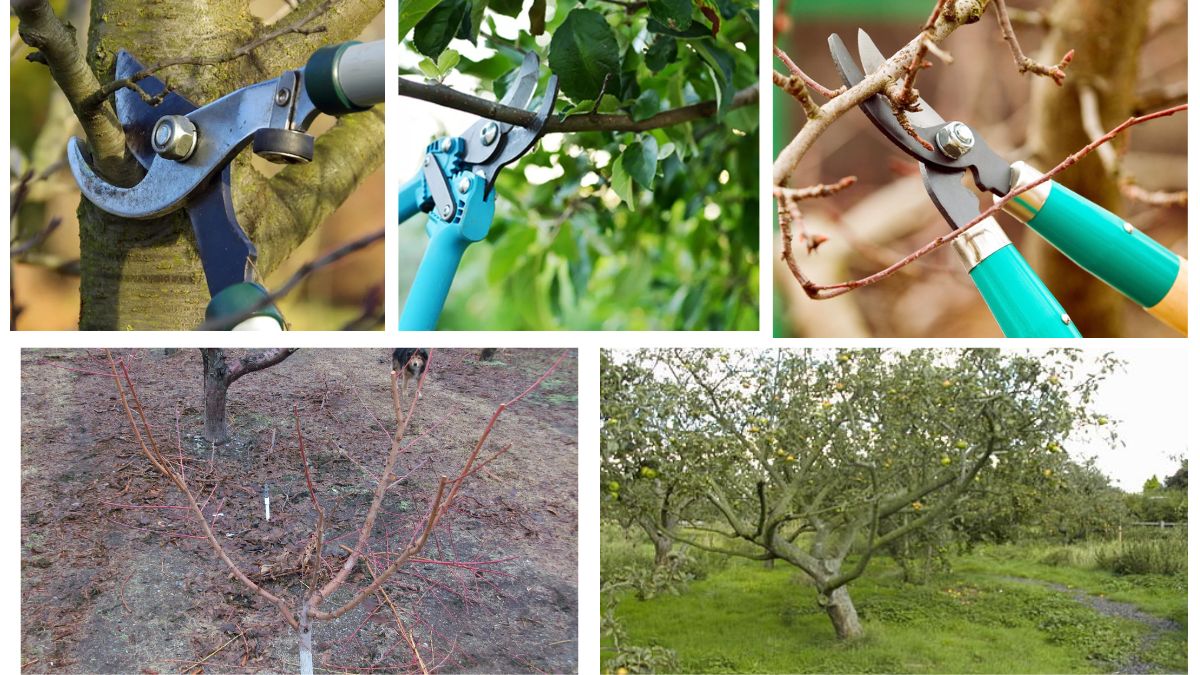Trees are an essential part of any landscape, providing shade, beauty, ecological value, and even property value benefits. However, to ensure they grow strong, healthy, and well-shaped, trees require careful management — and one of the most important early care practices is pruning.
One of the most common questions asked by new gardeners and homeowners is: how old should a tree be before its first pruning? Pruning too early, too late, or improperly can negatively affect a tree’s structure, health, and overall development. This article will dive into when and how to prune young trees, the reasons behind it, and the long-term benefits of timely and responsible pruning.
Why Pruning Young Trees Matters
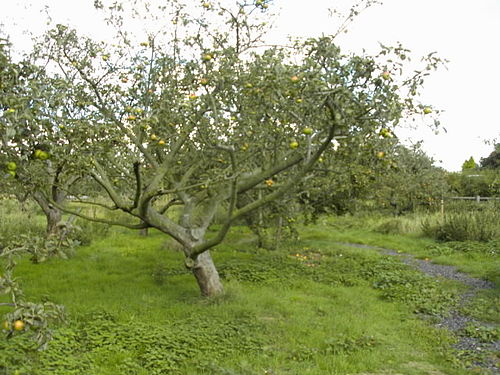
Pruning is the deliberate removal of specific branches or parts of a plant to improve its structure, appearance, and health. While mature trees require occasional maintenance pruning, young trees benefit greatly from early, careful shaping.
Benefits of pruning young trees include:
- Developing strong, well-placed branches
- Preventing future structural problems
- Improving air circulation and light penetration
- Reducing the risk of disease and pest infestation
- Enhancing the tree’s shape and appearance
Early pruning establishes a strong framework, preventing costly, risky corrective pruning when the tree is older and larger.
How Old Should a Tree Be Before First Pruning?
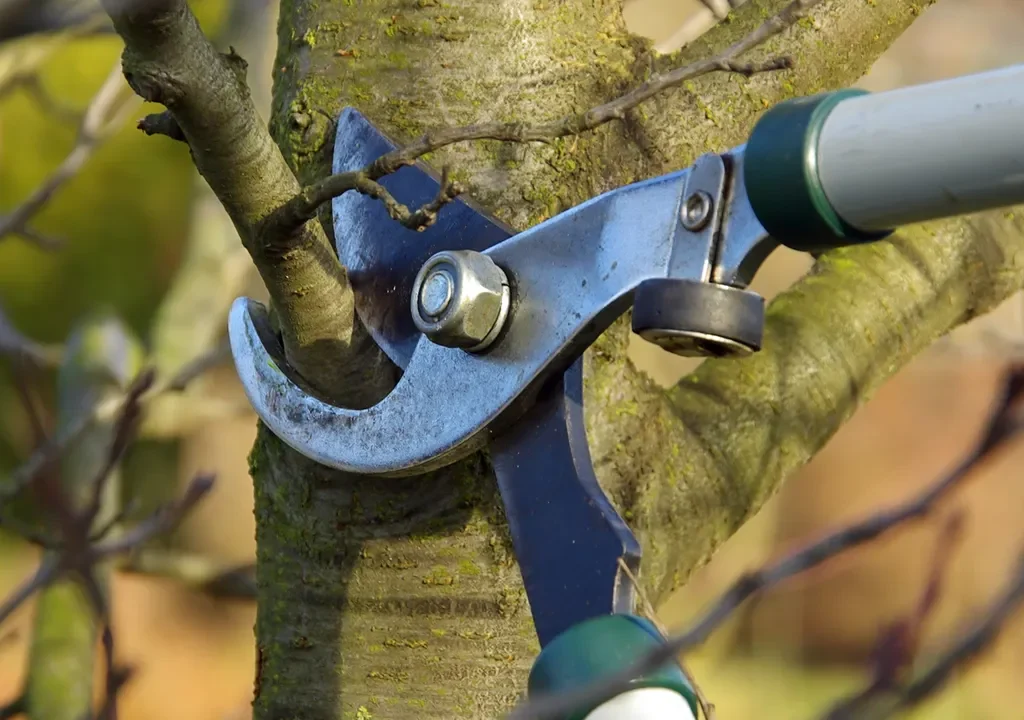
In general, most trees should be pruned for the first time when they are between 1 to 3 years old after planting — depending on species, growth rate, and overall health.
Key guidelines:
- First light pruning (for dead, broken, or diseased branches) can begin as early as the first year after planting.
- Structural or formative pruning should usually start in the second or third year, when the tree has had time to establish roots and adapt to its environment.
The Three Stages of Tree Pruning
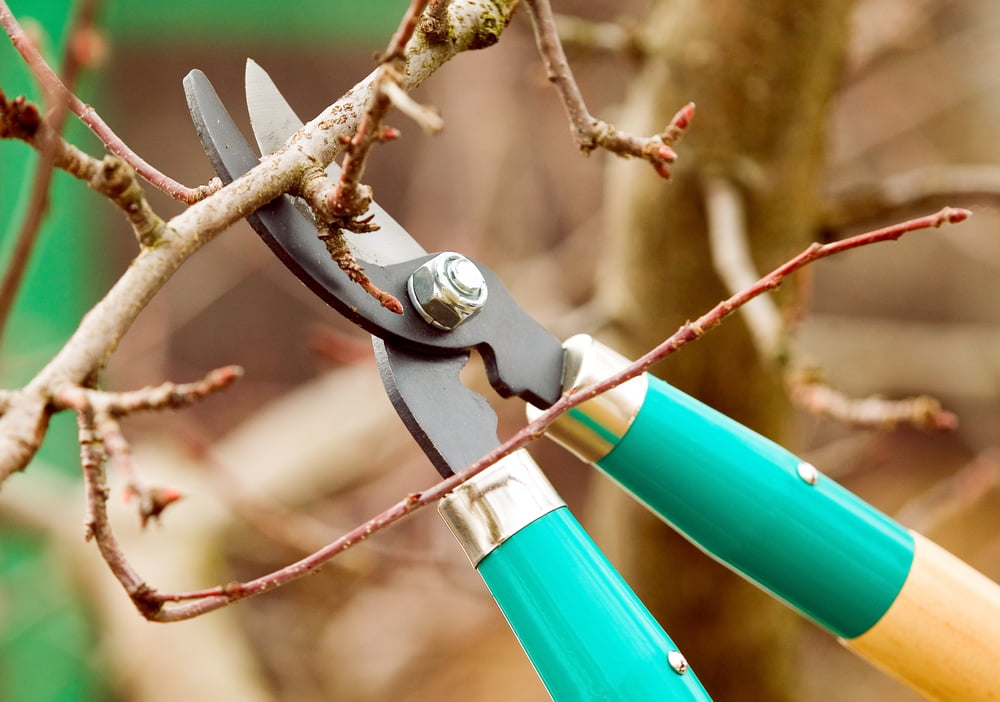
To better understand when to prune, it’s helpful to break tree growth into three stages:
Immediate Post-Planting Pruning (Year 0–1)
Purpose:
- Remove dead, broken, diseased, or crossing branches.
- Avoid heavy shaping during this period as it can stress the tree.
Tip:
Leave as many healthy branches as possible to help the young tree establish strong roots.
Formative or Structural Pruning (Year 1–3)
Purpose:
- Develop a central leader (main trunk) in species that require one.
- Remove poorly placed, narrow-angled, or weak branches.
- Begin selecting permanent scaffold branches (main branches that form the tree’s structure).
When:
- Usually performed in late winter to early spring before bud break when the tree is dormant.
Tip:
Formative pruning is crucial during this window to train the tree into a balanced, attractive, and sturdy shape.
Maintenance and Corrective Pruning (Year 4 and beyond)
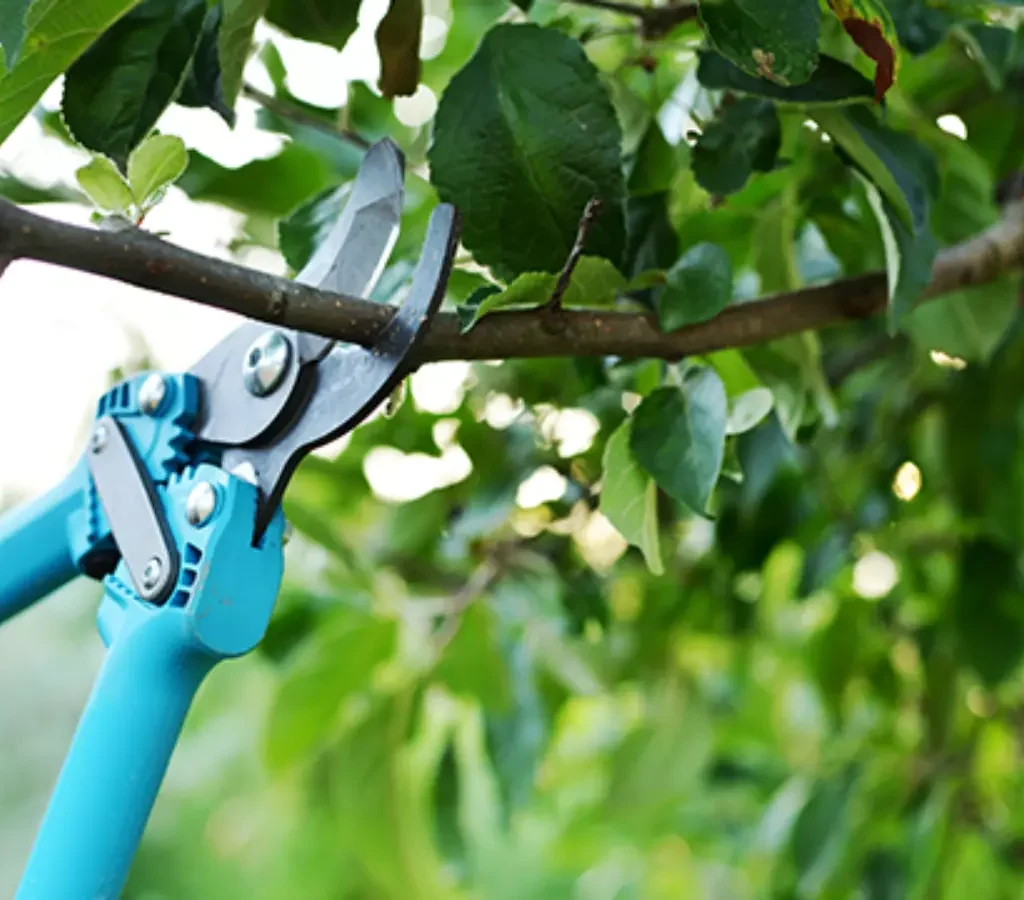
Purpose:
- Remove suckers, water sprouts, and deadwood.
- Correct minor structural issues.
- Maintain clearance, aesthetics, and tree health.
When:
Annually or every few years depending on species and growth habit.
How to Determine If a Tree Is Ready for First Structural Pruning
Assess your young tree’s growth after the first year:
- Has it established a clear central leader?
- Are there multiple competing leaders or branches with narrow angles (less than 45°)?
- Are any branches growing toward the center or crossing others?
- Are there weak, spindly lower branches that may need removal?
If the answer to any of these is yes, the tree is ready for light structural pruning in its second or third year.
How to Prune a Young Tree — Basic Steps
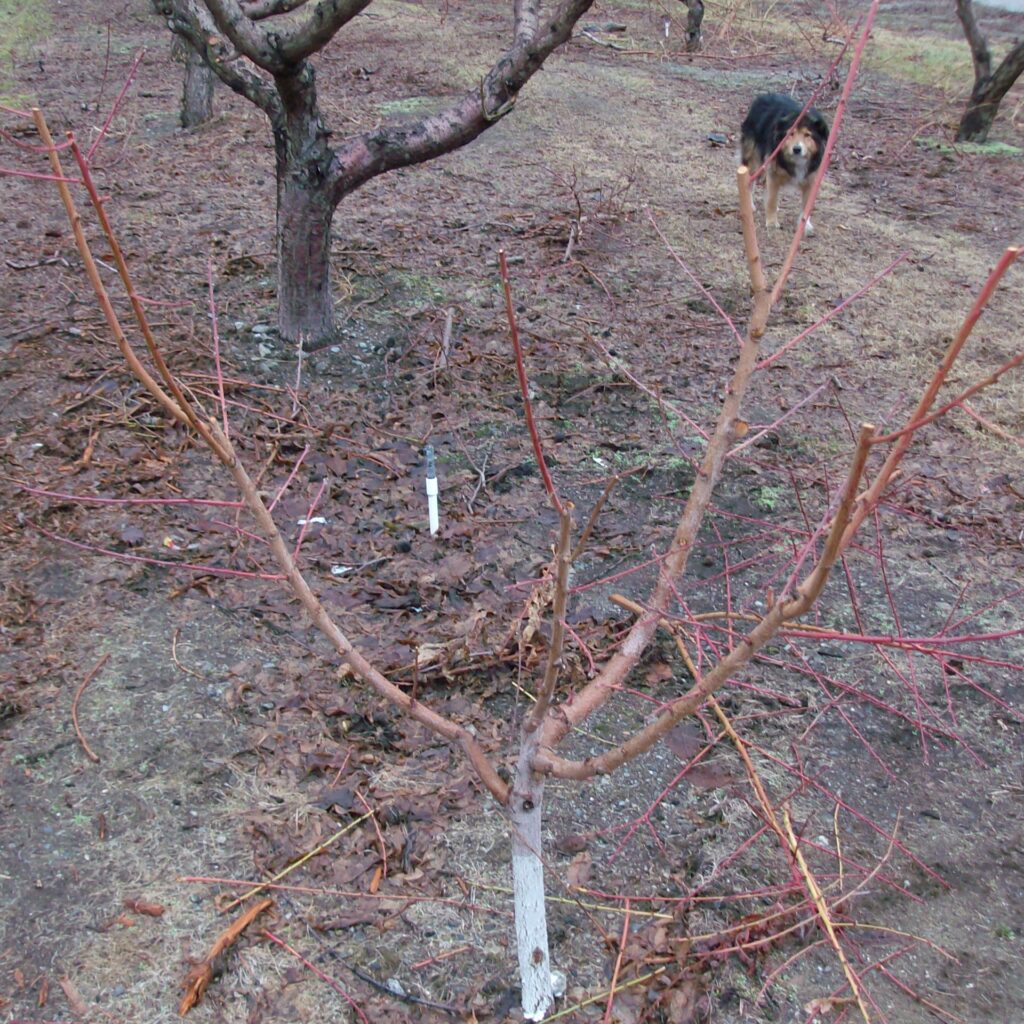
Tools needed:
- Clean, sharp pruning shears for small branches
- Loppers for branches up to 1 inch thick
- A pruning saw for larger branches
Steps:
- Remove any dead, broken, or diseased wood first.
- Identify the central leader and remove any competing vertical stems.
- Select 3–5 well-spaced scaffold branches along the trunk to form the tree’s primary framework.
- Remove branches with narrow, weak crotch angles.
- Remove crossing, rubbing, or downward-facing branches.
- Trim off any basal suckers (shoots from the base of the trunk) or water sprouts (vigorous vertical shoots).
Tip:
Never remove more than 25–30% of the canopy in a single year to avoid stressing the young tree.
Common Mistakes to Avoid
- Pruning too soon after planting: Wait for the tree to settle in unless there’s dead or damaged wood.
- Heavy pruning in the first year: Focus only on essential cuts initially.
- Over-pruning: Excessive removal of foliage reduces photosynthesis and weakens the tree.
- Topping or cutting back the main trunk: This damages the tree’s form and health.
- Pruning at the wrong time: Avoid pruning during active growth or in autumn when healing slows.
When Is the Best Time of Year to Prune Young Trees?
The ideal pruning time for young trees is late winter to early spring, while the tree is dormant. This timing:
- Reduces stress on the tree
- Minimizes the risk of disease and pest infestation
- Allows cuts to heal quickly before the growing season begins
For species prone to bleeding sap (like maple, birch, or walnut), light summer pruning after leaf-out may be acceptable.
Species Considerations — Are There Exceptions?
While most trees follow this general pruning schedule, there are a few exceptions:
- Fruit trees (like apples and pears) often require annual formative pruning in years 1–3 for optimal fruiting structure.
- Fast-growing shade trees (like willows or poplars) might need earlier intervention to establish safe branch structure.
- Evergreens and conifers typically require minimal formative pruning — mostly to remove dead, diseased, or crossing branches.
Research the specific requirements of your tree species before pruning.
Long-Term Benefits of Early Pruning
Properly timed and executed pruning during a tree’s formative years ensures:
- A balanced, attractive shape
- Fewer branch failures during storms
- Easier future maintenance
- Improved longevity and overall health
- Better clearance for pathways, structures, and utilities
Trees pruned early in life are far less likely to require hazardous, expensive, or drastic corrective pruning when mature.
Conclusion
How old should a tree be before first pruning? The optimal window for formative pruning is typically between 1 to 3 years after planting, starting with light, health-focused cuts in the first year and progressing to structural shaping in years 2 and 3.
Key guidelines:
- Focus on removing dead, broken, or diseased branches initially.
- Develop a central leader and well-spaced scaffold branches.
- Avoid over-pruning or topping the young tree.
- Prune in late winter or early spring for best results.
- Adjust your pruning approach based on tree species and growth habits.
By understanding when and how to prune your young trees, you can foster sturdy, well-shaped, and healthy trees that will enhance your landscape for decades to come.
